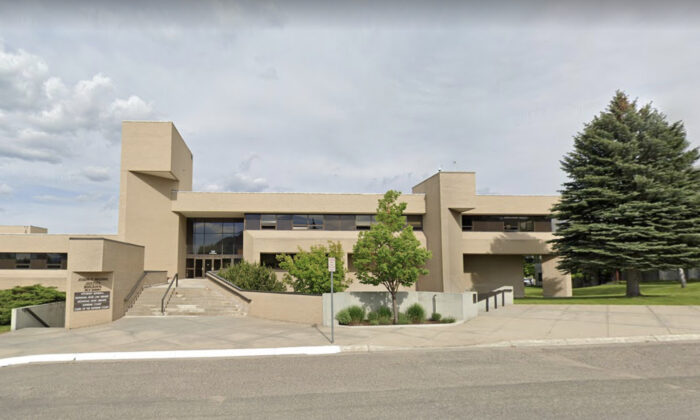
Premier Danielle Smith announced in government spending on building up to 30 schools and creating 200,000 new student spaces in a televised address on Tuesday evening. “This is quite literally the fastest and largest build our province can manage given available construction workforce capacity and the time it takes to permit, prepare and service available school sites,” Smith said. Here’s a look at some of the details of and reaction to the government’s school construction accelerator program.
The new spaces will primarily be created in the public, Catholic and francophone school systems, with smaller numbers coming to public charter and independent private schools as well. The number of charter school student spaces will essentially double, with 12,500 more to come in the next four years. And, Smith said a newly-established school capital pilot program for non-profit independent private schools will create “thousands” of new spaces depending on demand.

“We want to put all the different school options on the same level playing field.” The government will take on long-term loans that are amortized over the lifetime of each individual project. The province would own the new facilities and lease them back to school divisions, rather than the current practice of providing provincial grants to school divisions.
Infrastructure Minister Pete Guthrie said projects will be evaluated for public-private partnership (P3) funding models. “If there is value for money we will go through with P3,” he said. “Some of these will be P3 packages but certainly not all of them.
” Smith also hinted the province will be moving away from its weighted-moving average funding formula that determines per-student funding for school boards, stating, “It’s not as responsive as we need it to be for enrolment growth.” “The minister is going through the treasury board process and working on an alternative mode.” Smith was asked about funding for teachers, and pointed to her government’s announced in July to help school boards cover operating costs this school year.
She said details about operational funding beyond that will come in the winter. “There’ll be more to say in the upcoming budget, which will be delivered in February.” Representatives from the public school boards of both Edmonton and Calgary were at a Wednesday morning news conference, standing alongside Smith in support.
“I’m hoping that all of this comes to fruition and I have no reason to think that it won’t,” said Edmonton Public Schools board chairwoman Julie Kusiek. A statement from the Calgary Catholic School District board of trustees was similarly favourable as was one from Edmonton Catholic Schools board chairwoman Sandra Palazzo. “We are so appreciative of these additional learning spaces, which will hopefully provide much-needed relief in addressing our enrolment pressures,” Palazzo stated.
Alberta Teachers’ Association president Jason Schilling was less enthusiastic about the new program, stating in a social media post that the new schools will take years to build and solutions are needed to current issues of increasing class sizes, a lack of resources, and teacher burnout. “We certainly do not need to be directing more public dollars to private education when our public schools are bursting at the seams and our students are not having their needs met.” Alberta NDP Leader Naheed Nenshi gave the province credit for building what he described as “a generational investment” in building new schools.
But Nenshi did take issue with the timing of the announcement that came near the end of construction season as well as the overarching nature of the plan that he said could lead to cost overruns. “By announcing this all at once they massively increase the inflation and the cost of construction for every single one of those schools,” he said. “They’ve sucked up the entire construction workforce.
” He also chastised the government for not taking action on school overcrowding sooner. “We could have built schools as they were needed until waiting for an emergency,” he said. “Ultimately, let’s stop governing by crisis.
”.














